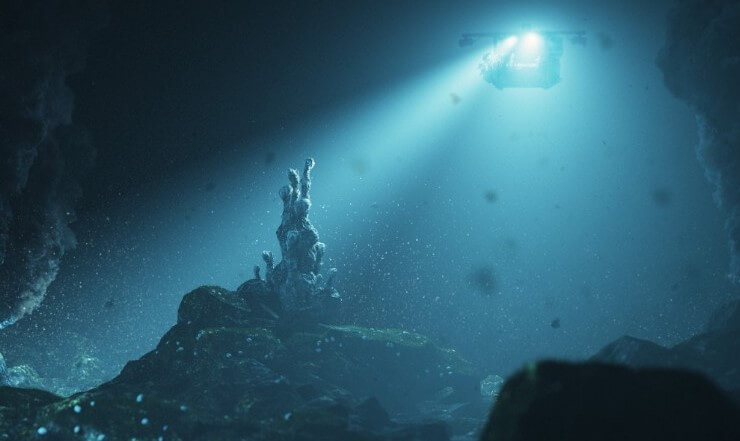In a new study, published today in the journal Science, draws the reader's attention to the potential for underwater noise pollution from seafloor mining that could affect little-studied species living in the deep sea, the largest habitat on Earth.
A study by scientists from the Oceans Initiative, the National Institute of Advanced Industrial Science and Technology (AIST) in Japan, Curtin University in Australia and the University of Hawaii, funded by The Pew Charitable Trusts, found that noise from a single mine can travel about 500 kilometers in normal weather conditions, with likely cumulative impacts in locations where multiple mining operations operate.
The Deep Sea is home to organisms found nowhere else on Earth, many of which, given the lack of sunlight, likely use sound to navigate, communicate, find mating partners, find food, and detect predators and other dangers.
Seventeen contractors are exploring mining opportunities in the Clarion-Clipperton Zone (CCZ), a 4.5 million square kilometer area between Hawaii and Mexico and a deep sea mining focus. If each of the contractors launched at least one mine, approximately 5.5 million square kilometers - an area larger than the territory of the European Union - would have increased noise levels. Not only can this level of mining activity have an incalculable impact on noise-sensitive species, it can also undermine efforts to conserve areas unaffected by mining, known as "reference protected areas" that can be used for scientific comparison.
While mining companies are already testing small-scale prototype deep sea mining systems, they have yet to share their data on underwater noise pollution. Therefore, the Science article had to use noise levels from well-studied industrial activities such as oil and gas industry vessels and offshore dredgers as placeholders. True noise levels from deep sea mining may change once data is available, but as Andrew Friedman, Pew's project director for seabed mining, says they are more likely to be higher than proxy data than lower because real equipment for seabed mining is much larger and more powerful than proxies.
Two years ago, the island nation of Nauru resorted to a United Nations rule that could force the International Seabed Authority, the intergovernmental organization that regulates all mining activities in areas beyond national jurisdiction, to adopt rules by July 2023 allowing large scale mining or mining proposals to be considered without internationally agreed rules. The move was made despite concerns expressed by governments, corporations and civil society organizations that the science and management associated with deep ocean mining remain inadequate.
The Science study adds to a growing body of research that considers it unlikely that adequate data to assess the environmental risks associated with mining noise will be collected before the July 2023 deadline. For this reason, a growing number of countries, experts, corporations and environmental organizations are calling for a halt to all mining from the seabed until scientific and management measures are put in place to ensure that mining does not harm the marine environment.




